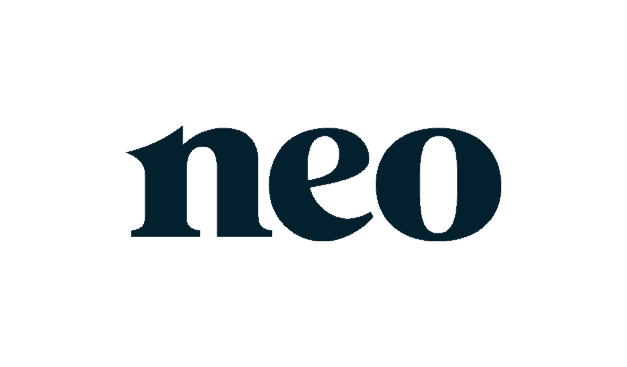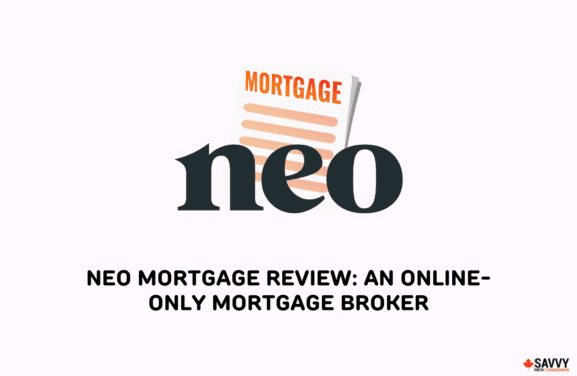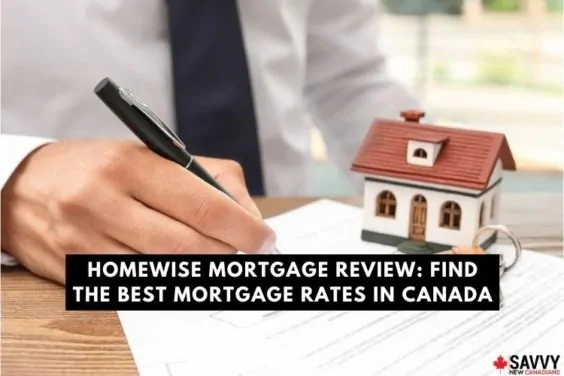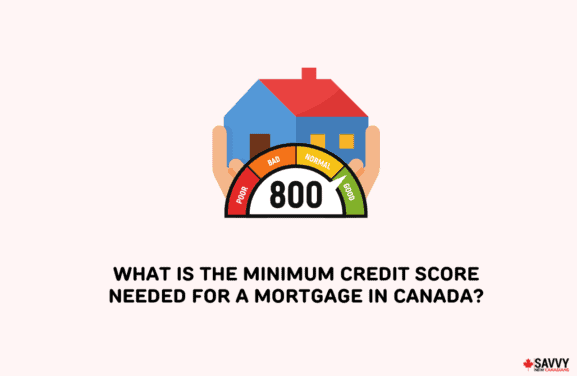Applying for a mortgage in Canada is fairly straightforward, but you must provide several documents before your mortgage is approved.
It can sometimes seem overwhelming when you must present so much information, especially if this is the first time you are applying for a mortgage.
So we’ve made it simple for you. Read on to find a list of all the documents you must present to make your mortgage application go smoothly.
Key Takeaways
- You must present several documents when applying for a mortgage in Canada.
- The main categories are personal ID, proof of income, financial information, down payment documents, and property documents.
- Gather all these together before you apply to avoid delays in your application.
Documents Required for a Mortgage Application
There are five main categories of required mortgage documents you will need to apply for your mortgage in Canada. Read on to determine which documents you must present in each category.
1. Personal Identification
This is the simplest category. You will need to provide a form of government-issued identification like a driver’s license, passport, citizenship card, or health card.
You will also need to provide your Social Insurance Number (SIN).
2. Proof of Income
The next category of documents required for a mortgage relates to proof of income.
You must show lenders that you have enough income to pay your mortgage. The amount you qualify for will depend to a large extent on your income.
Pay Stubs
When showing proof of income for a mortgage in Canada, the first thing you’ll need to show is your recent pay stubs. These are the simplest way to verify your income, and you may be asked to provide the last three you received.
T1 Form
This tax form shows how much income you earned in the previous tax year. You should only need to provide the lender with the most recent one.
NOA
The Notice of Assessment (NOA) summarizes your tax return submission to the Canada Revenue Agency and shows that you have filed your tax returns.
You will normally need to provide the lender with NOAs from the previous two years.
T4 or T4A Forms
There are more tax forms you need to provide. The T4 form displays the income you received as an employee, and you should receive one every year from your employer.
The T4A form lists income like investment income, pensions, and severance pay, and you will need to provide this if you are self-employed.
Letter of Employment
The letter of employment is one of the most mortgage approval documents for anyone in employment.
It is used to give the lender an idea of your job stability. It should contain information about your role, salary, length of time you have worked for your employer, whether part-time, full-time, or seasonal, and more.
It should be on company letterhead, signed by your employer or manager, and dated within the last 30 days.
Self-Employed Documents
If you are self-employed, you are seen as presenting a greater risk to lenders. As a result, you may need to provide tax returns for the last three years.
You may also need to provide the business articles of incorporation and a business license.
3. Financial Information
Lenders want an overall picture of your finances and credit before they approve your mortgage application.
The documents you need to provide within this category help to provide greater clarity about your financial situation.
Bank Information
This includes bank statements that show your liabilities and net worth. You may need up to three years of statements, but often you will only need to provide statements covering the last few months.
Credit Report
Your credit report is an essential document. The lender will want to check your creditworthiness before approving a mortgage in Canada, and you will usually need a score of 600 or more.
The lender usually pulls your report, but you can check it for free using a service like Borrowell. This allows you to check for any errors and get them fixed before you apply for your mortgage.
Mortgage Pre-Approval Letter
This letter demonstrates that you have sufficient income and meet the credit requirements to get a mortgage. You can use this when you apply, which could help you access lower rates.
Statement of Assets or Investments
This is a list of your assets and investments, including property, cars, RRSPs, stocks, etc. The lender will use this to calculate your net worth.
Additional Income Sources
If you have other income sources like rental income, social security, or pensions, you will need to show evidence of these.
4. Documents for a Down Payment
You must show that you have sufficient funds to make your down payment. There are various ways you can do this, so you may not need all of the documents below, just those relevant to your situation.
Statement of Savings or Investments
You may be using your savings or investments to pay for your down payment. With this document, you can show you have liquid funds that you can access easily.
The statement should be within the past 90 days, and it will list information, including the account holder, number, balance, type of account, etc.
Purchase of Sale Agreement
You will need this document if you have another property you will sell to use the money for the down payment. This will show the lender that you are selling the property and how much you will receive.
RRSP Withdrawals (If Needed)
This is not always needed, and it is only relevant for first-time buyers. You can withdraw up to $35,000 from your RRSP to use as a down payment without paying taxes under the Home Buyers’ Plan (HBP).
Gift Letter (If Needed)
You may be using a gift to cover the down payment. For example, a family member may be helping you out.
You should provide a letter showing the name of the giver and the amount they are giving. It should also clearly state that the funds are a gift, not a loan.
5. Property Documents
The final category involves property documents that lenders need to see to provide them with relevant information about the property you are planning to buy.
MLS Listing
This is the real estate listing that lenders use to get an estimate of property taxes, condo fees, utility costs, and more. It is used to help determine the mortgage you can afford.
Final Purchase and Sale Agreement
This is the signed contract between the seller and you. It includes details like the date of purchase, the final purchase price, and more. The lender uses this to help determine the down payment and mortgage principal.
Property Address
This is just the legal address of the property you are buying.
Legal Description of the Home
This is a complete legal description of your new property. It includes the full address and postal code, which is included in the final purchase and sale agreement.
Lender’s Title Insurance
You need to get title insurance to protect the lender in case someone has a claim to the property, and you must show the lender you have this.
Homeowners’ Insurance Policy
You will need homeowners’ insurance to protect your property from fire, flooding, etc., or condo insurance if you are buying a condo. Your lender will ask you for a copy.
Additional Details
If you are selling a property, you may need to provide a mortgage statement, including a legal description of the property, to check that payments are up to date.
Conclusion
You need to provide these documents when applying for a mortgage in Canada. Depending on your circumstances, some are not always needed, but most will be required. It may seem like a lot, but you should not have any problem getting them all together.
Lenders need all this information to approve your mortgage application. They need to know you can afford the mortgage payments and that you can provide the down payment.
If you’re ready to apply for a mortgage, gather these documents together and help make the application process go as quickly and smoothly as possible.
Featured Mortgage Offer
Neo Mortgage

On Neo Financial’s website
- Compare mortgage rates across several lenders
- Access to competitive rates and online applications.
- Available Canada-wide
- Accepts a wide range of credit scores
FAQs
To qualify for a mortgage in Canada, you will need to show that you meet the requirements in terms of sufficient income, credit history, assets and liabilities, and a down payment. These will all play a role in determining whether you qualify for a mortgage or not.
This will depend on the lender, mortgage rate, down payment, and more. However, as a general guide, if you can provide a 10% down payment, you would typically need to make over $125,000 to qualify for a $400,000 mortgage.
With a 10% down payment, you would probably need to earn about $100,000 a year to qualify for a $300,000 mortgage, but this depends on several factors.
Related:



